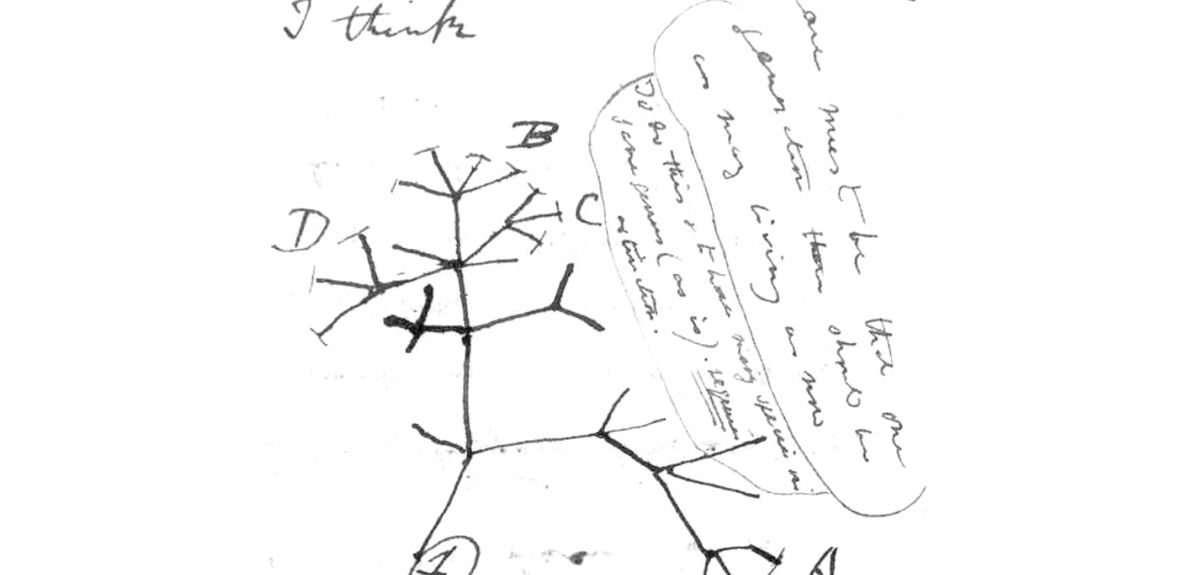
'Tree of life' distances are no shortcut to conservation
Evolutionary distances that conservationists use to identify and target distinct species may be unreliable, Oxford University research suggests.
Some conservation strategies assume that the evolutionary distances between species on a phylogenetic ‘tree of life’ (a branching diagram of species popularised by Charles Darwin) can be used to predict how diverse their biological features will be. These distances are then used to select which species to conserve in order to maximise interesting biological features – such as potentially useful drug compounds and resilience to climate change.
But a new analysis of data from 223 studies of animals, plants and fungi shows that methods based on such distances are often no better at conserving interesting biological features than picking species at random. A report of the research is published this week in the journal Diversity and Distributions.
'Whilst "close neighbours" on the branches of the tree of life are likely to share more biological features than distant ones, we found that you only have to move a short distance away before predictions about how much more diverse an organism's features should be are no better than a random choice,' said Dr Robert Scotland of Oxford University's Department of Plant Sciences. 'Much of this may be down to parallel or convergent evolution that sees similar biological features – such as eyes and wings – evolving independently again and again throughout the history of life.'
The new analysis suggests that phylogenetic distance by itself is not an adequate way of prioritising which organisms are most dissimilar to target for conservation.
'Maximising biological feature diversity is clearly important to conservation but you won't achieve this if you don't select the right range of species, and our study shows that you are unlikely to select the right range of species if you use phylogenetic distance,' said Dr Scotland. 'What our work suggests is that we need better, more nuanced, methods for identifying feature diverse species to underpin conservation strategies.'
A report of the research, entitled 'Phylogenetic trees do not reliably predict feature diversity', is published in the journal Diversity and Distributions in the week of 3 March 2014.
 New study on Amazonia's fire crises urges action ahead of the next burning season
New study on Amazonia's fire crises urges action ahead of the next burning season
 New heart disease calculator could save lives by identifying high-risk patients missed by current tools
New heart disease calculator could save lives by identifying high-risk patients missed by current tools
 Modern Slavery and Human Rights Policy and Evidence Centre moves to Oxford University after receiving continuation funding
Modern Slavery and Human Rights Policy and Evidence Centre moves to Oxford University after receiving continuation funding
 Study shows that island bats are valuable allies for farmers
Study shows that island bats are valuable allies for farmers
 Study reveals how humanity could unite to address global challenges
Study reveals how humanity could unite to address global challenges